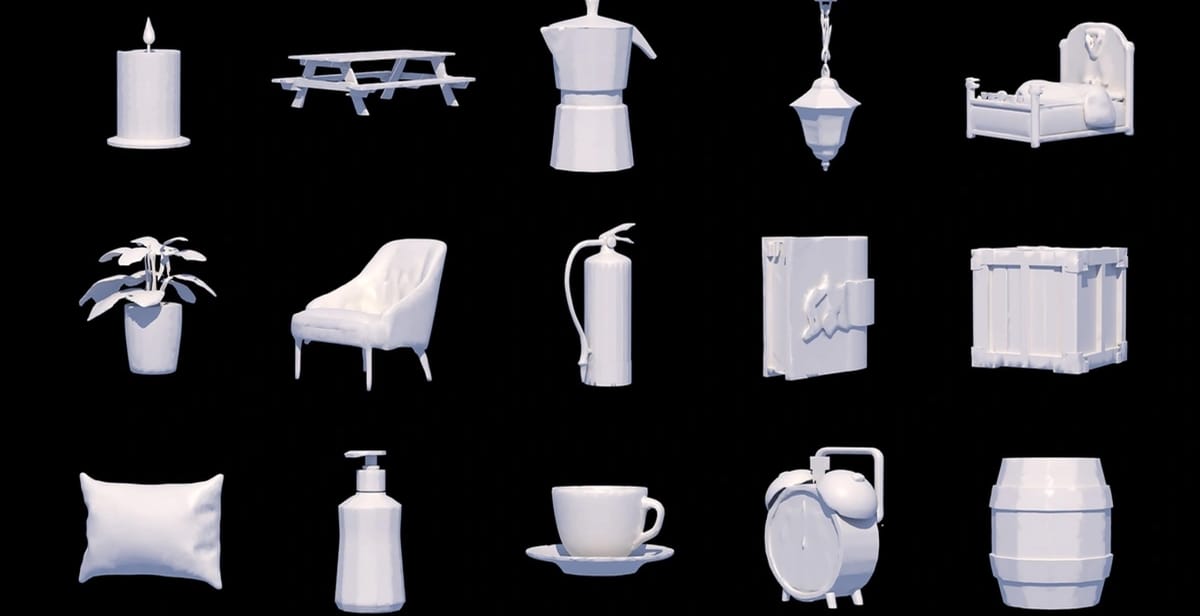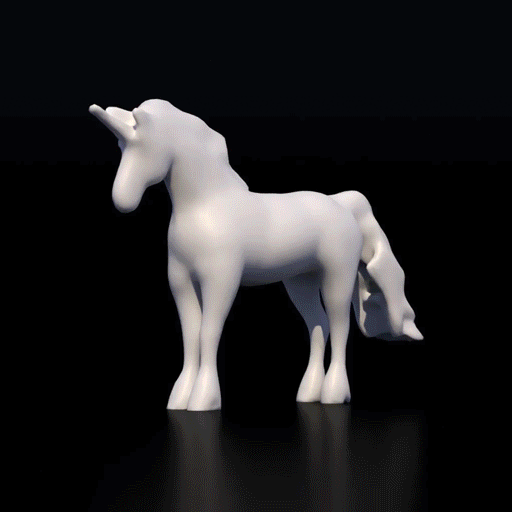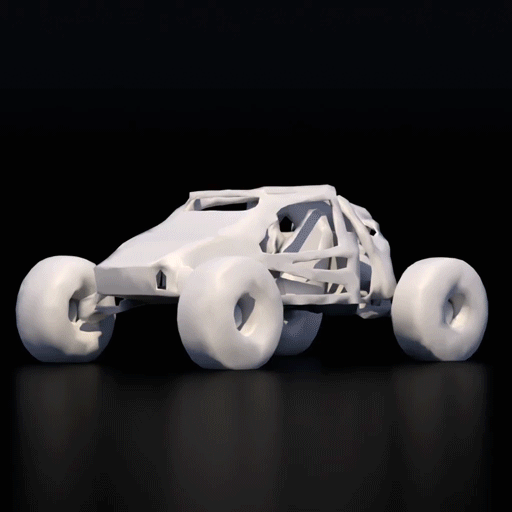
Roblox is making a major bet on generative AI for game development. The company just launched Cube 3D, its foundational model for creating 3D objects with AI, and it’s making an open-source version available to developers everywhere. Cube’s first major capability, a mesh generation tool, allows users to create detailed 3D models with simple text prompts—think “a red sports car with black stripes”—which can be customized further in Roblox Studio.
Key Points:
- Cube 3D is Roblox’s first generative AI model for 3D object creation.
- It’s open source, meaning developers can fine-tune and extend it beyond Roblox’s platform.
- The first tool, mesh generation, lets users create 3D assets from text prompts.
- Future updates will introduce scene generation and interactive environments.



Roblox is taking its generative AI ambitions to the next level with the release of Cube 3D, a foundational AI model that generates 3D objects from simple text prompts. Announced last year, the model is now officially available, with an open-source version that allows developers to train and modify it for their own needs—whether on Roblox or elsewhere.
Cube 3D’s first feature, mesh generation, lets creators quickly generate 3D assets with a single prompt. Developers can type descriptions like “a futuristic blue spaceship” or “a vintage leather armchair” and receive a fully formed 3D model, which can then be tweaked using traditional tools in Roblox Studio. The goal, according to Roblox, is to speed up the asset creation process, making it easier for indie developers to build rich, detailed worlds without spending hours modeling objects from scratch.
Beyond asset creation, Cube 3D represents the beginning of a much larger AI-powered ecosystem for game development. Roblox says it plans to expand the model’s capabilities to handle full scene generation—where developers can generate entire environments, like a dense jungle or a cyberpunk cityscape, with a single command. Long-term, the company envisions what it calls 4D creation, where AI-generated objects and scenes are not just static but interactive, responding dynamically to players and environments.
By open-sourcing Cube 3D, Roblox is also signaling its commitment to AI transparency and industry collaboration. This move aligns with a broader trend in AI development, where companies like Tencent and Google DeepMind have been investing heavily in generative AI for 3D assets. However, AI-generated content remains a controversial topic in the gaming industry, with concerns over job displacement and creative control. A recent report from the Game Developers Conference found that 30% of developers feel generative AI is negatively impacting the industry, and studies suggest that over 13% of gaming jobs could be affected by AI by 2026.
Still, for Roblox, AI is becoming a core part of its vision. The company has already rolled out AI tools for texture generation and avatar creation, and Cube 3D is expected to serve as the backbone for more generative features in the future. With over 85 million daily active users, Roblox sees AI as a way to not only help developers build faster but also to give players new ways to personalize their experiences. If Cube 3D delivers on its promise, Roblox could push generative AI further into mainstream game development—whether the industry is ready or not.

